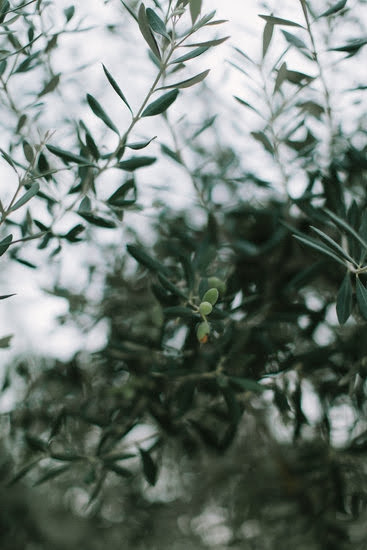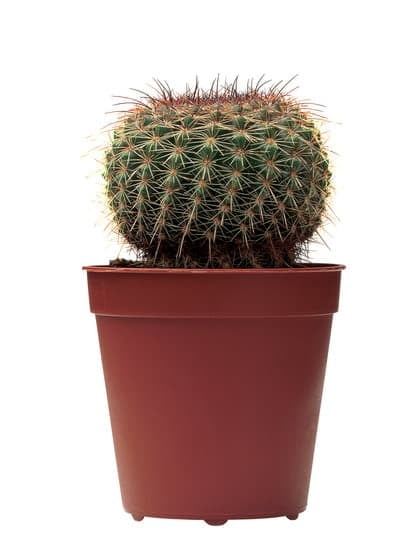Home Flower Gardening Tips
Flowers bring happiness to any home. They add color, life and a touch of nature to any setting. While some people may think that flower gardening is difficult, it can be quite easy with the right tips.
The first step in home flower gardening is to choose the right flowers for the climate and the soil. Not all flowers grow well in all climates, so it is important to do some research before selecting the flowers. The best way to find out what flowers grow well in a particular climate is to ask a local gardening expert or to do a search online.
The next step is to prepare the soil. This can be done by adding organic matter such as compost or peat moss to the soil. The soil should also be amended with a balanced fertilizer. Once the soil is prepared, the flowers can be planted.
It is important to water the flowers regularly, especially during hot weather. Deadheading the flowers can also help them to look their best.
Flower gardening can be a fun and rewarding hobby. With a little bit of research and some basic gardening skills, anyone can create a beautiful garden of flowers right at home.
Compost Tips For The Home Gardener
There are many benefits to composting, for both the environment and the gardener. Composting helps to reduce the amount of waste that goes to landfill, and creates a valuable resource for the gardener, providing a rich and fertile soil amendment.
The following tips will help you to get started with composting, and to get the most out of your compost pile.
1. Choose the right spot for your compost pile. The compost pile should be located in a spot that is easily accessible, and that gets plenty of sun and air circulation.
2. Start with a good base. The base of your compost pile should be made up of a mixture of carbon-rich and nitrogen-rich materials. The carbon-rich materials will provide the necessary stability and structure to the compost, while the nitrogen-rich materials will help to break down the organic matter and create compost. A good mixture to start with is one-third carbon-rich materials, such as leaves, straw, or wood chips, and two-thirds nitrogen-rich materials, such as kitchen scraps, grass clippings, or manure.
3. Add additional ingredients as you go. As you add materials to your compost pile, be sure to mix them in well. This will help to create a balanced compost and will help to speed up the decomposition process.
4. Keep your compost pile moist, but not wet. The compost pile should be kept moist, but not wet. If it is too wet, the compost will become slimy and will smell bad. If it is too dry, the compost will not decompose properly. A good way to test whether your compost pile is moist enough is to squeeze a handful of compost. If it crumbles easily, it is moist enough. If it is wet, it will be difficult to crumble, and if it is dry, it will be difficult to form a ball.
5. Turn your compost pile regularly. The compost pile should be turned regularly to help speed up the decomposition process. This can be done with a pitchfork, or by using a compost turning tool.
6. Be patient. Composting takes time. It can take several months for the compost to be ready to use.
composting is a great way to improve your soil and to reduce your environmental impact. By following these tips, you can create a successful compost pile and enjoy the benefits of composting in your garden.
Landscape Garden Tips May Better Homes And Gardens Landscaping
Ideas
May is a great time to start planning your landscape garden design ideas. Spring is in the air and the ground is thawed, so it’s the perfect time to start planting. Whether you’re a beginner or a seasoned pro, these tips from Better Homes and Gardens can help you create a beautiful landscape garden design that will be the envy of your neighborhood.
When planning your landscape garden, start by thinking about what you want to use it for. If you’re mainly interested in aesthetics, think about what kind of look you want to create and find plants that will fit that style. If you’re more interested in functionality, consider what kinds of features you want your landscape garden to have, such as a patio, a pond, or a playset for your kids.
Once you have an idea of what you want, start planning the layout of your landscape garden. This will involve choosing the right plants for the right places and figuring out how to best use the space you have available. Be sure to take into account things like the size and shape of your yard, the amount of sunlight it gets, and the climate in your area.
Once you have your plan in place, it’s time to start planting. Be sure to read the labels on your plants carefully, and follow the instructions for planting and caring for them. If you’re not sure how to do something, ask a professional for help.
By following these tips, you can create a beautiful and functional landscape garden that will be the envy of your neighborhood.
New Home Gardening Tips
for Fall
As the days grow shorter and the weather starts to cool, it’s time to start thinking about preparing your garden for the fall. Here are some tips to help you get your garden ready for the colder months ahead:
1. Plant bulbs. Tulips, daffodils, and other spring bulbs can be planted in the fall, so now is the time to get them in the ground.
2. Add compost. One of the best things you can do for your garden in the fall is add some compost. This will help to improve the soil and help your plants to thrive during the winter.
3. Mulch. Mulching is another great way to help your plants survive the winter. Mulch will help to keep the soil warm and protect it from the cold weather.
4. Prune trees and shrubs. Pruning trees and shrubs in the fall can help them to grow stronger and healthier in the spring.
5. Prepare your garden for winter. There are a few things you can do in your garden to help it survive the winter months. You can add a layer of straw or leaves to help protect the soil, and you can also add some plant shelters to protect your plants from the cold weather.
By following these tips, you can help your garden to thrive during the fall and winter months.
Intensive Home Gardening Tips
There are many benefits to intensive home gardening, including reducing your carbon footprint, improving your diet, and saving money. However, there are a few things you should keep in mind if you want to get the most out of your garden.
First, make sure you have plenty of space. Intensive gardening takes up a lot of room, so you’ll need at least a few hundred square feet to make it work.
Second, be prepared to work hard. Intensive gardening requires a lot of time and effort, so you’ll need to be prepared to spend a lot of time in your garden.
Third, choose the right plants. Not all plants are well-suited for intensive gardening, so you’ll need to do your research before you start planting.
Fourth, be prepared for some challenges. Intensive gardening can be difficult, and there will be times when you’ll need to deal with pests, diseases, and other problems.
With these tips in mind, you’re ready to start intensive gardening!

Welcome to my gardening blog! I am passionate about plants and enjoy sharing my knowledge and experiences with others. In this blog, I will write about everything related to gardening, from tips on how to get started to updates on my own garden projects.





